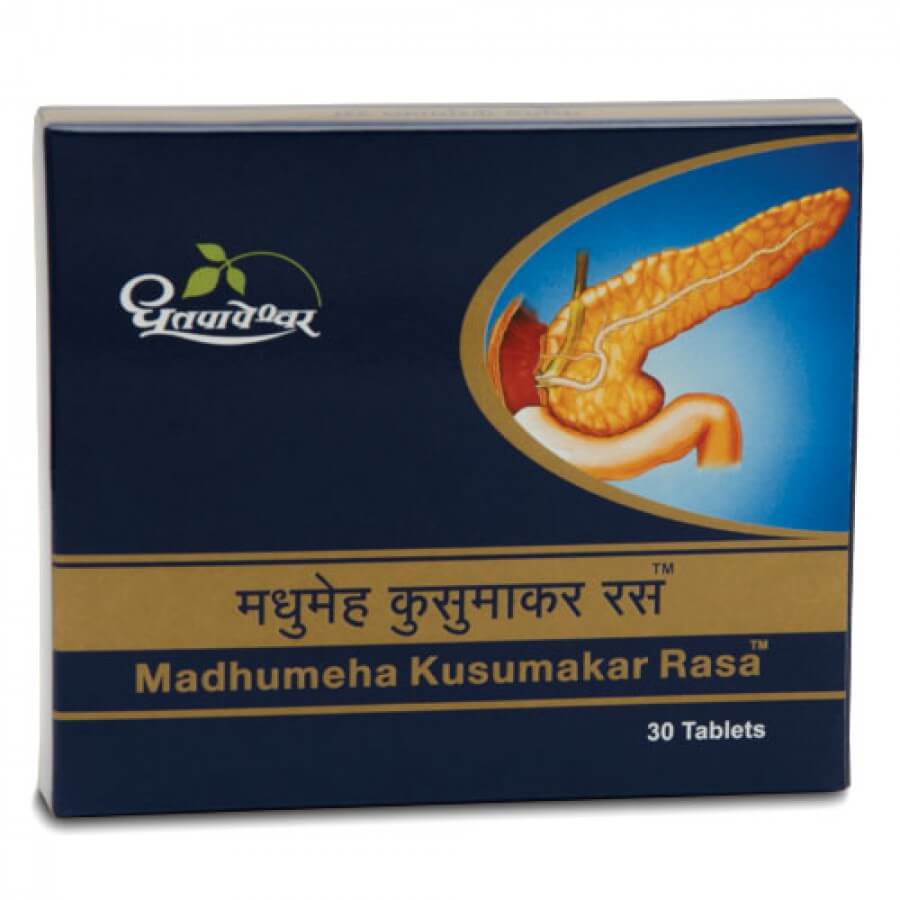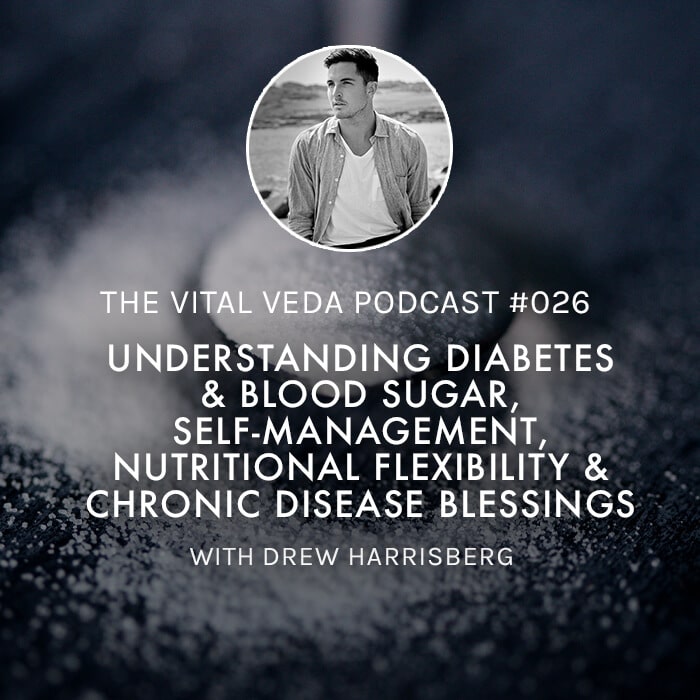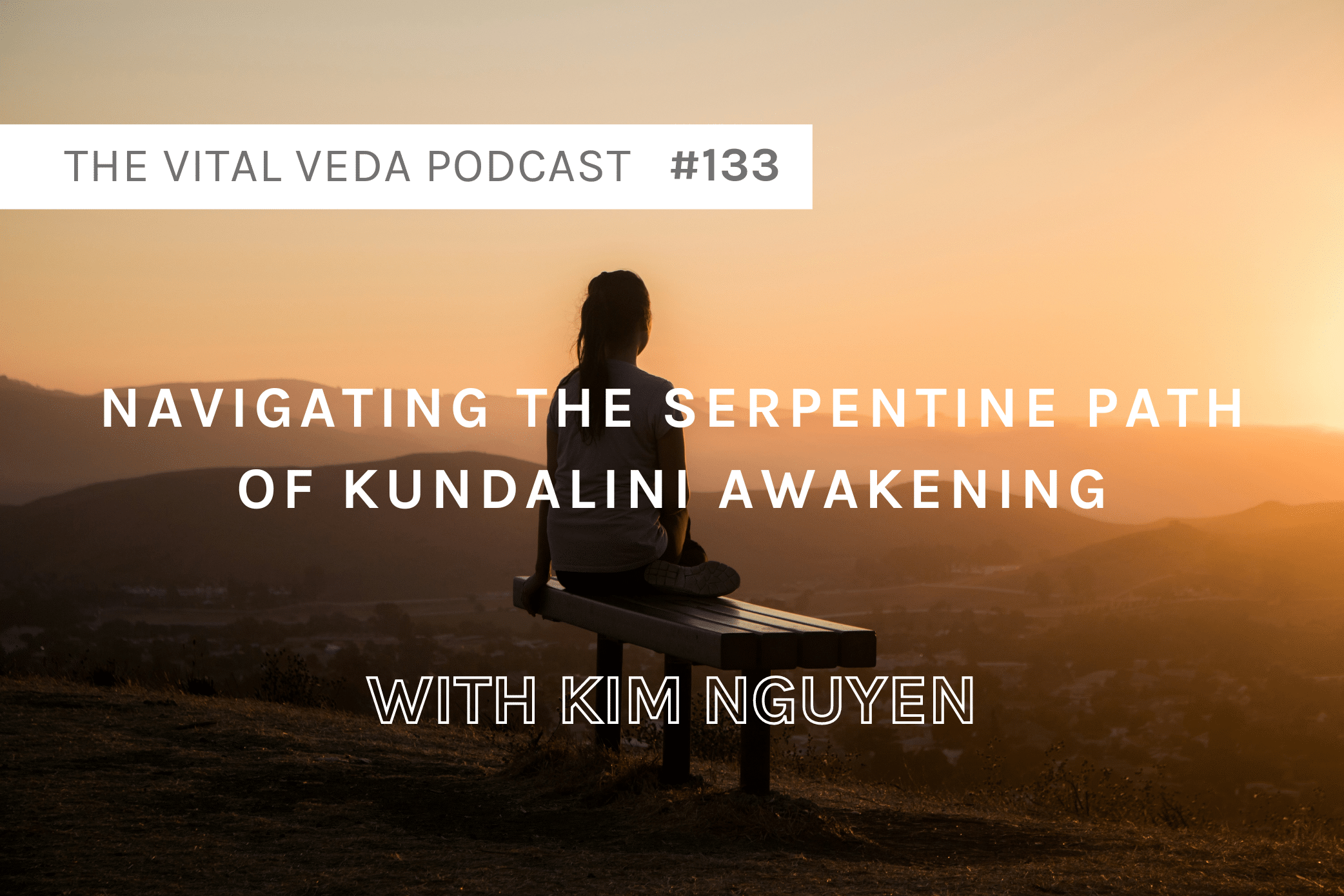ABOUT DREW HARRISBERG
Drew is an exercise physiologist, sports scientist, diabetes educator, and most importantly, a happy and healthy guy thriving with type 1 diabetes.

IN THIS EPISODE WE DISCUSS
The Diabetes Pandemic of Today
Nearly 1 million Australians
India – 1 in 4 have pre-diabetes diabetes! (14% pre, 9% diabetes).
Americans – one third of Americans (almost 100 million Americans) are pre-diabetic, and 90% of them don’t know it!. Moreover, many of them think they are maintaining what they call a healthy diet!. – Undiagnosed is the scary part.
~ Study by the CDC (Centres for Disease Control and Prevention)
Drews Story
Diabetes creeping up – Drew falling asleep in an important job interview and worse, while driving!
What Is Type 1 Diabetes
- An auto-immune disease where your body mistakingly kills off the beta-cells of your pancreas that produces insulin (required to metabolise glucose from food), thinking that the beta-cells are foreign invaders.
- Type 1 Diabetes as an incurable, life-long disease that requires high maintenance.
- Rare cases to cure Type 1 Diabetes – regenerate the pancreas to be able to perform its function.
- People with Type 1 diabetes have to administer exogenous insulin via injections or a pump to metabolise food.
Auto-Immune Diseases
The Ayurvedic view of auto-immune diseases – Correcting the mistake of intellect.
Quantum healing to cure the incurable.
The role of gut health in diabetes and auto-immune diseases.
Glutens role in auto-immune diseases.
Dairy and Type 1 Diabetes
A1 beta-casein having a structure of amino acids that looks very soar to the structure of amino acids in the pancreas cells.
Type 2 Diabetes
Insulin doesn’t work well leading to high blood sugar.
Insulin Resistance
- Insulin inefficiency. An inability for insulin to do its job properly.
- Insulin is designed to drive glucose from your blood into a tissue, like an organ or your brain. It is needs to accompany glucose during the transportation process.
- Then, that tissue or organ etc. will use that as fuel: burn or store the glucose.
- Insulin is also the most powerful anabolic hormone in your body.
- + heaps more functions.
- Insulin resistance is caused by the accumulation of excess fat in tissues that are not designed to store large quantities of fat.
- When you are storing excess fatty acids in areas like the liver and muscles – their ability to uptake glucose gets compromised.
How Blood Sugar Rises:
- Foods > We explode with sugar into the blood stream.
- Sugars (glucose) are digested, forcing the pancreas to produce excess insulin to escort the glucose out of the blood stream into the cells.
- Overtime, the pancreas is worn out from insulin levels going up again and again and our blood stream cannot handle these injections of sugar in the blood.
- Our cells and muscles become resistant. They cannot tolerate any more sugar.
- It lingers in the blood, but the blood has to do something with it.
- It takes the sugar and converts it into triglycerides, belly fat, obesity or engage in Glycation – where it sticks to proteins and runs through the blood stream and becomes sticky and irritating and congests and damages the arterial walls. Increases cardiovascular damage and risk and risk of cancer and clot risks.
- Glycation causes damage to collagen and elastin – causing wrinkles but more importantly, damages the health and elasticity of the skin that lines the arteries, heart, gut and lungs.
“Legs of Lead” as a symptom for excess glucose in your blood.
Complications of having excess glucose in your blood (high blood sugar) for to long.
The “normal range” for blood sugar is not adequate.
Fasting blood sugar: 80-120mg/dL (USA) or 4.8-7.8mmol/L (Millimoles per Litre).
Studies have shown above 85mg/dL or 4.7mmol/L makes you at risk for degenerative diseases such as cardiovascular disease. Digestive tract cancers.
Between 70-85mg/dL or 3.9-4.7 is closer to what Dylan adheres to.
Anecdotal experience over scientifically proven studies
People with type 1 diabetes get a deep insight into their health with the vast experiments they perform on theirselves.
Ayurveda’s Approach to Diabetes
- Managing Type 1 Diabetes with herbs thousands years ago before science created exogenous insulin.
- Bhasmas – metallic preparations used as medicine in Ayurveda.
- In Ayurveda, there are 20 types of diabetes an pre-diabetes mentioned, called “Prameha” and “Madhumeha.”

Controlling your health and control in general is overrated
The circadian rhythms of blood glucose and liver function
High Fat Ketogenic Diet and Blood Sugar
- Short term can be good, long term can be a big issue.
- Lack of carbohydrates in the diet means the body forgets how to metabolise carbs, then when it does, it is very problematic and requires a lot of insulin to metabolise a little amount of carbs (insulin resistance).
Lipids and Kapha Dosha involved
- Intramyocellular lipids – fat in the muscle cells.
- Intrahepatocellular Lipids (IHCL) – fat in the liver cells.
- Just like in kapha in Ayurveda and its relationship with diabetes pathogenesis (prameha samprapti).
Insulin Therapy
The potential dangers of insulin and the importance of accurate dosing.
Role of exercise in insulin resistance.
Exercise induced glut4 trans-location or non insulin glut4 translocation.
GLUT4 is the predominant glucose transporter isoform expressed in the body (skeletal muscle).
The importance of walking.
Drew can reduce his insulin requirements by 50% with walking 10-15mins after a meal.
Diet, Nutrition and Blood Sugar
Simple principles – Stick to whole foods, avoid processed foods, ie. anything thats in a package.
Moderation – not a clear message.

Metabolic Flexibility
- Fat Metabolism vs. Sugar Metabolism – Two sources of fuel.
- Being able to tolerate carbohydrates and fat.
- Intuitive eating on a day-to-day basis.

Routine with flexibility
The blessing a chronic disease diagnosis and adversity.
RESOURCES
Studies
- Higher Whole-Grain Intake Is Associated with Lower Risk of Type 2 Diabetes among Middle-Aged Men and Women – Reduces risk of 34%
- CDC – Diabetes facfts in USA
- Lifestyle outperforms medication for Type 2 Diabetes – “Effect of an Intensive Lifestyle Intervention on Glycemic Control in Patients With Type 2 Diabetes: A Randomized Clinical Trial.”
SUPPORT THE SHOW
Please leave me a comment below (I love to read every single one).







